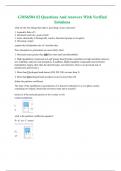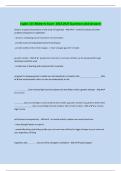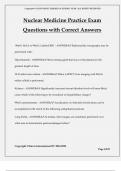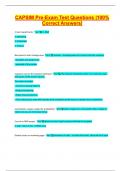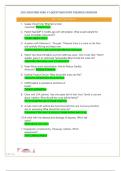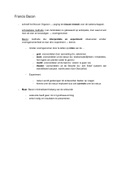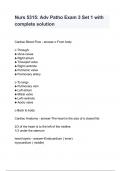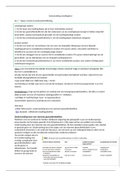Exam (elaborations)
GMS6504 #2 Questions And Answers With Verified Solutions
- Course
- Institution
GMS6504 #2 Questions And Answers With Verified Solutions what are the four things that make a good drug versus a bad one? 1. Lipinski's Rule of 5 2. Chemical reactivity: good or bad? 3. Some chemically or biologically reactive functional groups to recognize 4. Choosing a target explain the ol...
[Show more]
